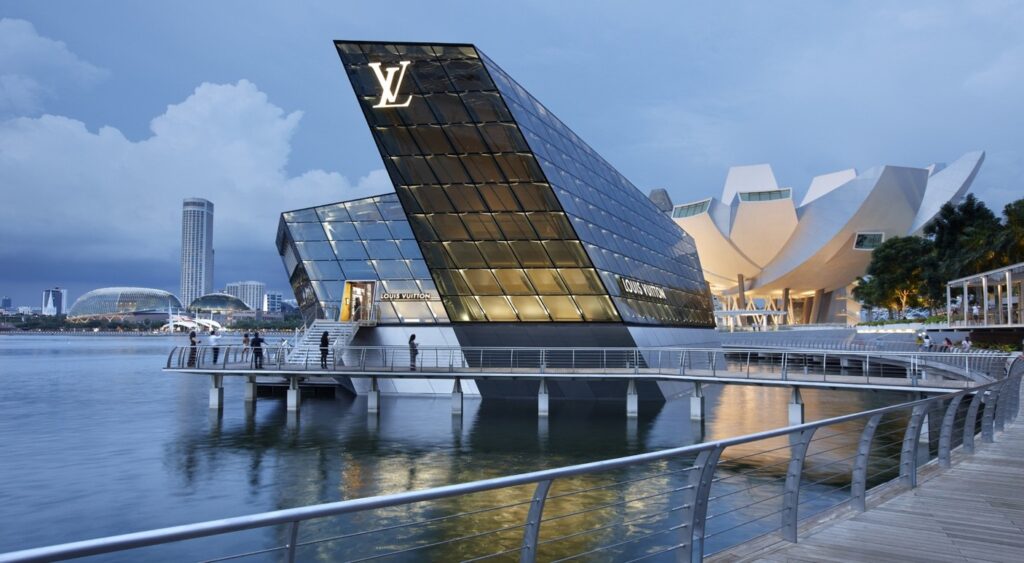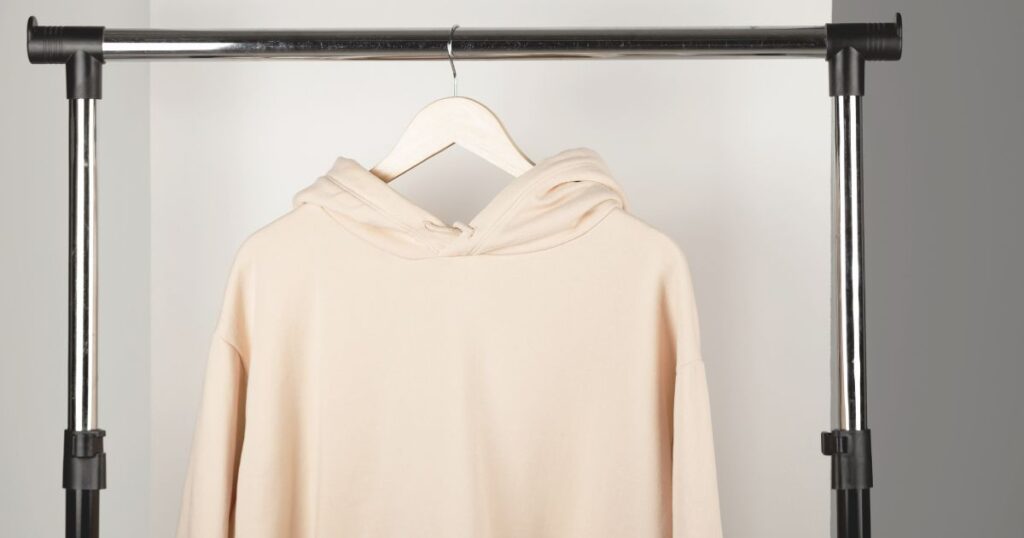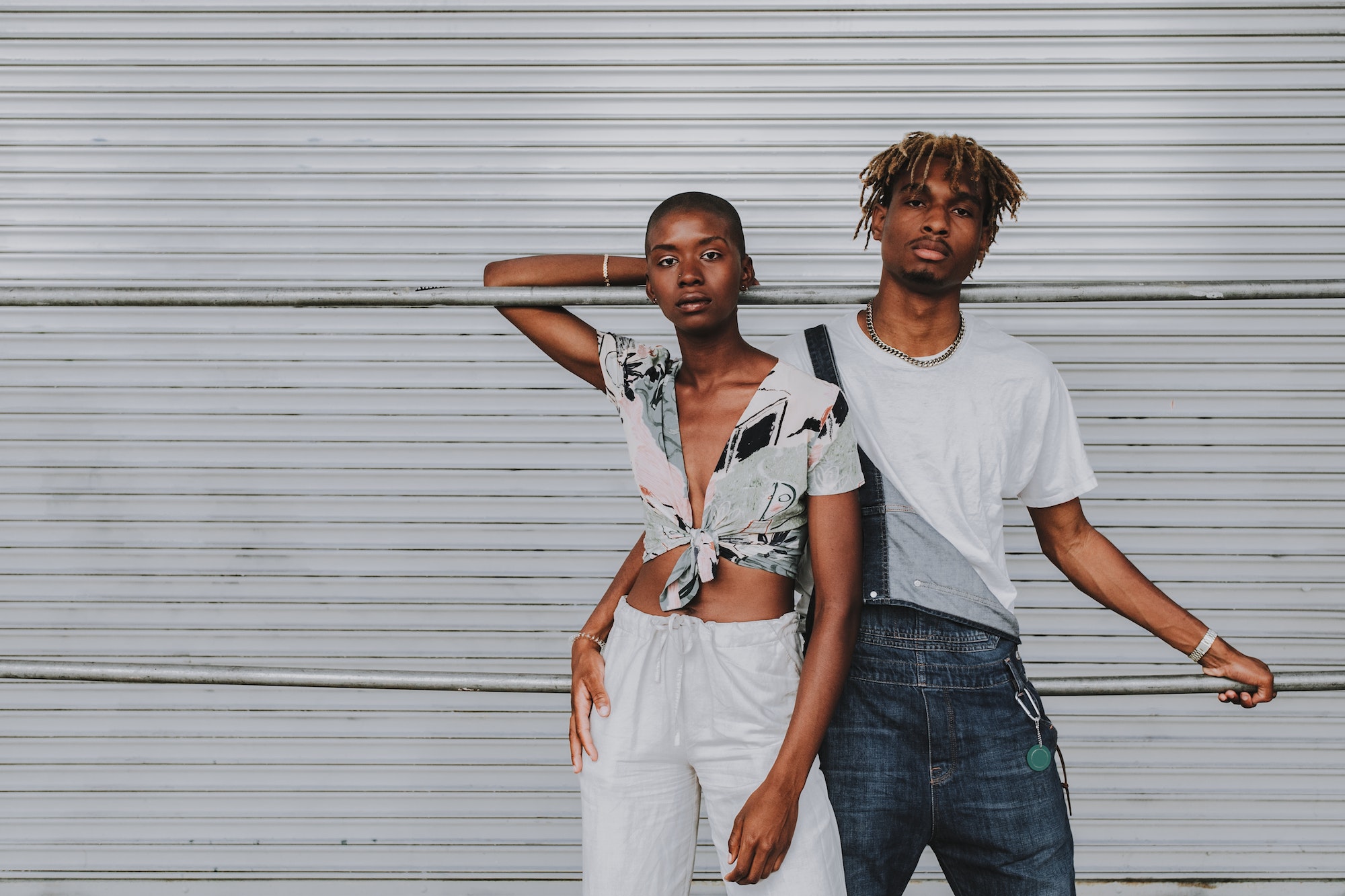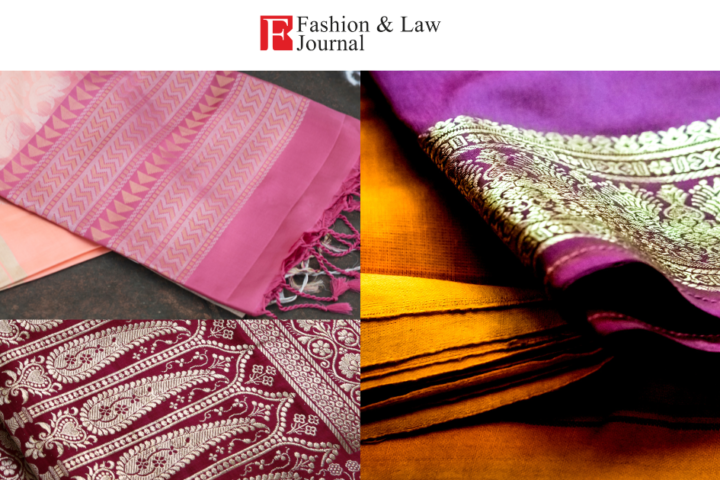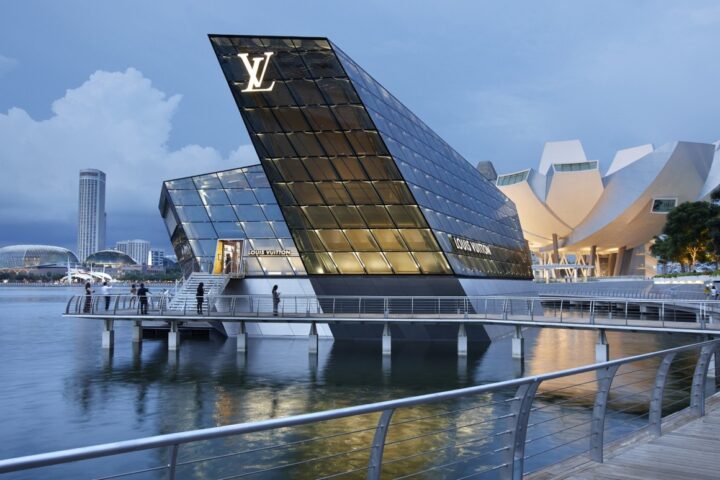Haute couture, a pinnacle of the fashion world, has a rich and storied history that spans over a century. This exquisite style originated in Paris in the late 1800s and has since become synonymous with luxury, craftsmanship, and innovation. The term “haute couture” was officially recognized in 1908[i], and since then, the industry has experienced numerous milestones, including the establishment of Le Chambre Syndicale de la Haute Couture in 1868, the introduction of PAIS in 1921, and the revitalization of France’s fashion industry in 1947 with Christian Dior’s iconic ‘New Look’ collection.
Tracing the Journey: The Evolution of Haute Couture
Throughout the 20th century, haute couture continued to evolve, with designers like Yves Saint Laurent and Karl Lagerfeld pushing the boundaries of fashion. However, the industry also faced challenges, such as the decline of couture houses in the 1970s due to stringent rules and mass production. In the 21st century, haute couture has continued to evolve, with the introduction of unisex collections, exclusive shows in Shanghai, and innovative designs that blur the lines between fashion and art.[ii]
Despite the challenges it has faced, haute couture remains a timeless and enduring symbol of fashion excellence, craftsmanship, and creativity. The legacy of Charles Frederick Worth, who revolutionized the fashion landscape by promoting upscale, bespoke clothing for the elite, continues to inspire designers today. With its rich history, exquisite craftsmanship, and commitment to innovation, haute couture will undoubtedly continue to captivate and inspire fashion enthusiasts for generations to come.
Haute Couture’s Essence: A Commemoration of Excellence
Ah, haute couture – the crème de la crème of the fashion world, a realm of unparalleled craftsmanship, artistry, and innovation. This prestigious fashion industry has been around since the late 19th century, when Charles Frederick Worth established the first couture house in Paris. Since then, the term “haute couture” has become synonymous with excellence, representing the pinnacle of fashion design.[iii]
 CHARLES WORTH (1825-1895) English fashion designer working in his Paris salon.
CHARLES WORTH (1825-1895) English fashion designer working in his Paris salon.
Throughout the years, haute couture has been shaped by iconic figures and ground breaking designs. Gabrielle Chanel’s revolutionary designs, for instance, liberated women from restrictive fashions, while Cristobal Balenciaga’s pioneering draping techniques set a new standard for fashion. Today, a new generation of designers is pushing the boundaries of haute couture, showcasing reductionist approaches and real bodies in their collections.[iv]
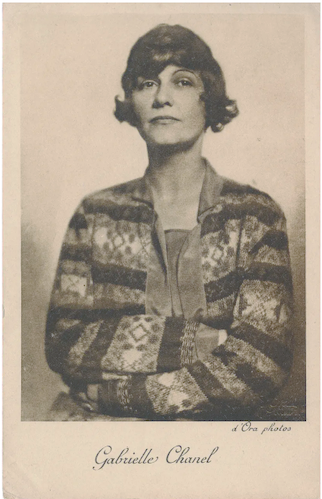 Gabrielle Coco Chanel (Credit: RMN-Grand Palais/ Musée Nationale Picasso, Paris)
Gabrielle Coco Chanel (Credit: RMN-Grand Palais/ Musée Nationale Picasso, Paris)
Haute Couture Across Time: Landmarks and Creative Advances
From the early days of haute couture, the industry has undergone significant transformations. In 1868, Le Chambre Syndicale de la Haute Couture was established, setting guidelines for dressmakers and evolving into the Federation de la Haute Couture et de la Mode[v]. The official recognition of the term “haute couture” in 1908 marked a significant moment in acknowledging this exclusive realm of fashion.
The 20th century saw numerous landmarks in haute couture, including Christian Dior’s ‘New Look’ collection in 1947, which revitalized France’s fashion industry with its tight waists, stiff petticoats, and billowing skirts. Yves Saint Laurent’s pioneering concept of freestanding couture boutiques in 1966 further revolutionized the industry. Yves Saint Laurent outside his Rive Gauche boutique in 1966. Image: Getty
More recently, Rad Hourani made history with the first-ever unisex couture collection in 2013, challenging traditional gender norms in high fashion. This bold move marked a significant step forward in the evolution of haute couture, demonstrating the industry’s willingness to embrace change and innovation.
In 2014, Christian Dior staged its very first haute couture show in Shanghai, a bold move that marked the brand’s expansion into new territories. And if that wasn’t enough, Ralph & Russo became the first British brand to join the fold in over a century! Talk about a milestone moment. And to top it all off, there were some leadership changes within the industry, with Ralph Toledano taking over from Didier Grumbach. It was a year of new beginnings and exciting changes for the fashion world.
Fast forward to 2016, and we have another incredible moment to share. Karl Lagerfeld, the creative genius behind Fendi, staged a couture show at the iconic Trevi Fountain in Rome. It was the house’s 90th anniversary, and what better way to celebrate than with a spectacular show that left everyone in awe? The fashion world was buzzing with excitement as models walked the catwalk, surrounded by the beautiful backdrop of the Trevi Fountain. It was undoubtedly a memorable evening.[vi]
 Karl Lagerfeld walking at Fendi’s 90th anniversary show at Trevi Fountain in Rome, Image: Reuters
Karl Lagerfeld walking at Fendi’s 90th anniversary show at Trevi Fountain in Rome, Image: Reuters
Adapting to Challenges and Pioneering New Frontiers: The Contemporary Landscape of Haute Couture
The 21st century! What a time it is for haute couture! While some iconic brands like Versace face economic difficulties and decide to take a break from their usual fashion show extravaganzas, others like Rad Hourani are making history with their unisex collections. Globalization is becoming more and more apparent as brands like Christian Dior expand their couture shows to new destinations like Shanghai, and Ralph & Russo redefine what it means to be British in the fashion world.
But wait, there’s more! In 2020, the fashion industry found itself in uncharted territory with the COVID-19 pandemic. And you know what? Haute couture came out on top! For the first time in its 152-year history, Haute Couture Fashion Week went digital. Can you imagine? It’s like the fashion industry is proving that it can adapt and thrive even in the face of adversity.
So, there you have it! The 21st century is shaping up to be a wild ride for haute couture !
Behind the Scenes of Haute Couture: A Numeric Glimpse into Craftsmanship
Haute Couture Fashion Week is transitioning from a traditional in-person format to a digital one, showcasing the intricate craftsmanship of each piece. The process of creating a couture dress or suit takes an average of 150 hours, with fine embroidery and embellishments requiring 1,000 hours and gowns taking 1,600 hours. Chanel employs a team of four seamstresses, with Valentino’s Rome atelier having 70 skilled seamstresses. Les Petite Mains, a collective of 2,200 seamstresses worldwide, plays a vital role in preserving and advancing couture craftsmanship. The biannual collections are unveiled in July, featuring 16 legal haute couture houses and seven correspondent members with ateliers outside Paris.
The Shifting Landscape of Haute Couture: Embracing Digital Platforms for the First Time
In conclusion, haute couture stands as a shining beacon of creativity, craftsmanship, and exclusivity. From its humble beginnings with Charles Frederick Worth in 1858 to the ground breaking innovations of recent years, haute couture has been a driving force in the fashion world, constantly pushing the boundaries of design and inspiring awe. And as it seamlessly blends tradition with technology, haute couture ensures its continued relevance and profound impact on the global fashion stage.
[i] Kelly, Lakenya. “What Does Couture Mean- Definition and French Translation.” THE DAPIFER, 10 Apr. 2017
[ii] “A Potted History of Haute Couture – Hand and Lock.” Hand & Lock, 20 Aug. 2019
[iii] “Haute Couture.” The Met’s Heilbrunn Timeline of Art History, 1 Jan. 1AD
[iv] Steele, Valerie. “The History and Significance of Haute Couture.” L’Officiel USA, 18 Jan. 2021
[v] “Brief History of Haute Couture Chambre Syndical De La Haute Couture.” Fashion-Era, 30 Dec. 2022
[vi] “The History of Haute Couture.” Harper’s BAZAAR, 19 Jan. 2017

Author: Divyanshi Singh,
A third-year (V semester) BA LLB (Hons.) student at SVKM’s NMIMS Kirit P. Mehta School of Law, Mumbai, thrives at the intersection of legal theory and practical application.



